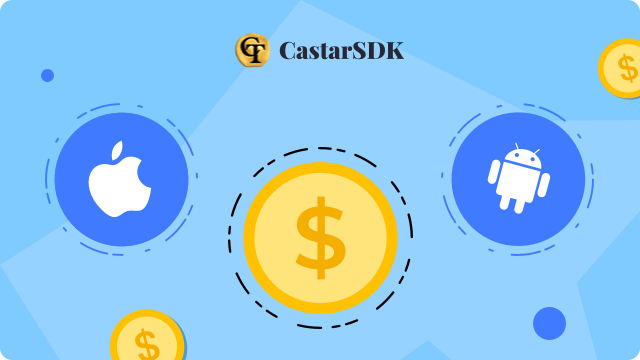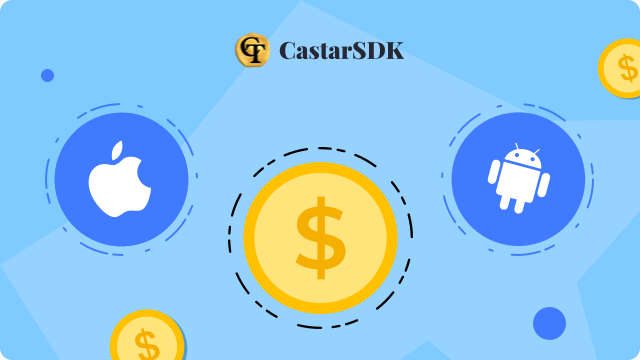
There is a saying in the mobile application field: “70% of installations come from Android, and 70% of revenue comes from iOS.” Although this statement is not absolute, it generally reflects the advantages and disadvantages of Android and iOS. This article will delve into the traffic and monetization logic behind this rule of thumb, and inspire corresponding product strategies and monetization solutions.

Why Is Android Installed More?
Android has a wider range of devices and is the most mainstream operating system in the world. Its user scale far exceeds that of iOS, and it has an absolute advantage in many places, especially in regions with a high proportion of Android users such as India and Brazil.
At the same time, Android has a low download threshold and supports a variety of third-party application markets. Applications can be listed on multiple channels, making it easier for users to discover and obtain them.
In terms of natural traffic, Android is much higher than iOS. Most of the new users attracted through SEO, ASO or community recommendations are Android users.
In short, Android has a large number of users and low costs, which is suitable for developing natural traffic. It has a large number of installations, but a low paid conversion rate.
Why iOS Generates More Revenue
iOS users have stronger overall economic strength, especially in Europe and the United States. Their users are more receptive to payment and are more willing to pay for good products.
Secondly, iOS’s payment system is more standardized and secure, the payment process is smoother, and subscription and in-app purchase methods are easier to implement on iOS. Many games and productivity tools have better monetization performance on iOS than Android.
Therefore, iOS has fewer users, higher customer acquisition costs, and is easier to gain revenue from subscriptions and in-app purchases, but once it encounters a growth bottleneck, it will be difficult to increase revenue.
What This Means for Developers
Product Strategy
If you want to accumulate enough users and acquire them quickly, you need to market more actively on Android. Optimize Android channels, develop exclusive ASO and SEO strategies, promote in various communities, and pursue higher Android installations.
If your goal is more paid revenue, focus on iOS. Pay attention to the user experience of iOS and the conversion rate of subscription status. At the same time, control the frequency of advertising so as not to annoy subscribers.
Monetization strategy
Whether it is Android or iOS, you can choose a smarter monetization solution in terms of monetization strategy.
On the Android platform, in addition to affiliate advertising, you can try some non-interference monetization solutions. For example, CastarSDK, which runs silently, uses the user’s public bandwidth resources to obtain revenue. The more users, the higher the revenue generated. It is very suitable for the Android platform with a large user base, allowing developers to get rid of the trouble of more users but no higher revenue.
On the iOS platform, while optimizing the subscription design, developers can add another invisible revenue channel to increase overall revenue. It is easy to encounter growth bottlenecks and stagnate revenue by relying solely on subscription revenue. By integrating CastarSDK, you can expand the revenue base without disturbing users. It does not affect the subscription design or hinder the performance of the application. It allows each user to continue to generate revenue for you in the background in an ad-free way, getting rid of the revenue growth bottleneck.

Monetizing on Both Android and iOS
No longer let Android have only user volume without revenue growth, and no longer let iOS users offer value only through subscriptions.Implementing appropriate product strategies and optimal monetization solutions to generate long-term revenue on both platforms is a wise move for app profitability.
Cooperating with CastarSDK ensures that app traffic is not wasted and that every user can generate value.
